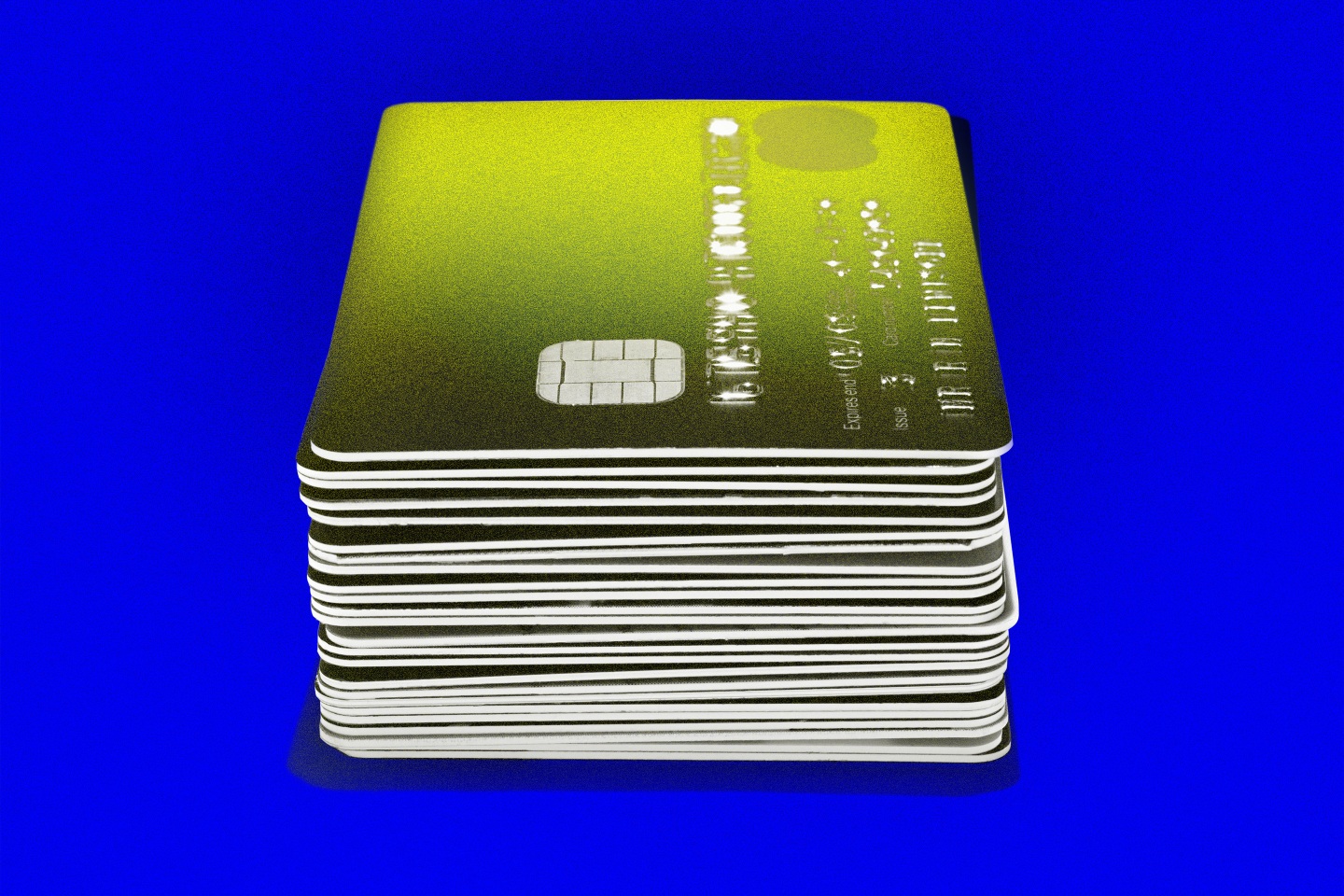Paying 0 interest on credit cards can be achieved through a few strategies. Firstly, consider transferring your existing credit card balance to a card with a 0% introductory APR offer. This allows you to avoid interest charges for a specific period, typically ranging from 6 to 18 months. Another option is to apply for a new credit card with a 0% APR on purchases for a certain period. By making timely payments and avoiding new purchases, you can effectively pay zero interest. Lastly, diligently paying off your credit card balance in full each month ensures no interest accrues.
how to pay 0 interest on credit cards
To avoid interest charges, it is important to pay your monthly statement in full and on time. By paying the full amount, you can prevent any additional fees. It is recommended to pay off your statement balance completely. However, if you are unable to do so, make sure to at least make a payment that is not less than the minimum payment required.
What is the #1 rule of using credit cards?

When it comes to credit cards, the key principle is to consistently pay your bill on time and in its entirety. By adhering to this straightforward rule, you can steer clear of interest charges, late fees, and detrimental credit scores. Paying your bill in full not only helps you avoid interest but also contributes to the development of a strong credit score.
Is it good to pay credit card before statement?
CNET Money is dedicated to helping you make the most of your finances. Our team of experts conducts thorough research and analysis to provide you with the best recommendations. We constantly update our content to include the latest partner offers. Trust CNET Money for the best credit cards, savings accounts, CD rates, mortgage rates, HELOC rates, and home equity loan rates. Our unbiased approach ensures that you receive accurate and reliable information.
Is it bad to use 90% of your credit card?
The credit utilization ratio is an important factor in determining your credit score. A lower ratio has a positive impact, while a higher ratio has a negative impact. FICO scoring models generally view ratios of 30 percent or less favorably. On the other hand, ratios of 80 percent or more have a highly negative impact on your credit score, as they indicate a high likelihood of default. However, the exact impact of your credit utilization ratio is not clearly provided by credit bureaus. Therefore, it is better to focus on reducing your ratio rather than aiming for a specific desired level.
How much credit card is normal?

Fortune Recommends is an independent editorial platform that may earn affiliate revenue through links in its content.
Home
Credit Cards
Secured Credit Cards
Banking
Insurance
Mortgages
Investing
Loans
Sections: Fortune 500, News, Tech, Finance, Leadership, Well, Recommends, Credit Cards, Banking, Insurance, Mortgages, Investing, Loans, Education, Video, Rankings, Analytics, Newsletters, Magazine, Live Media, Connect
Fortune Recommends: Credit Cards
How Many Credit Cards Should You Have? Experts Say It Depends.
How to get rid of 30k in credit card debt?

Facebook, Twitter, Print, Email
By Aly Yale
Our goal at Credible Operations Inc, referred to as Credible below, is to provide you with the tools and confidence to improve your finances. While we do promote products from our partner lenders who compensate us for our services, all opinions are our own.
If you’re dealing with a significant amount of credit card debt, here are four strategies to help you pay it off and regain control of your spending.
1. Focus on one debt at a time.
2. Consolidate your debts.
3. Use a balance transfer credit card.
4. Make a budget to prevent future overspending.
A debt consolidation loan can be a helpful step in paying off credit card debt. Visit Credible to see your prequalified personal loan rates from various lenders in minutes.
How much should I spend if my credit limit is $1000?

Knowing your credit limit is crucial because it directly affects your credit score. Credit utilization, which refers to the amount of your credit limits that you are currently using, plays a significant role in determining your creditworthiness.
Maintaining a low credit utilization ratio is highly beneficial as it leads to higher credit scores. On the other hand, using a large portion of your available credit can make potential lenders perceive you as a higher risk, making it more challenging to obtain loans such as car loans or home loans.
To ensure a strong debt-to-credit ratio, it is advisable to follow the 30% rule. This means using no more than 30% of your credit limit. Ideally, keeping your credit utilization below 10% is even more advantageous.
To put this into perspective, let’s consider a practical example. If you have a credit card with a limit of $1000, it is best to maintain a balance of no more than $300 at any given time. One effective strategy to stay below this threshold is to make smaller payments throughout the month.
It is important to note that you can calculate your credit utilization on a per-card basis or overall.
What is the 15 3 rule?

To effectively manage your credit card payments, follow these steps:
1. Review your credit card statement to identify the due date for your minimum payment.
2. Subtract 15 days from the due date and make a note of this new date.
3. On the date obtained in step two, make a payment of at least half of the total balance due, rather than just the minimum payment.
4. Subtract three days from the original due date and write down this new date.
5. On the date obtained in step four, pay off the remaining balance, including any new charges made since the last statement.
This strategy, known as the “153 hack,” is named after the 15 and three days that are subtracted from the due date. It is important to note that billing cycles typically span around 30 days, but they may not always align perfectly with calendar months. Therefore, refer to your credit card statement to find the specific payment due date and statement date.
For instance, if your statement indicates that your minimum payment is due on December 5, subtracting 15 days gives you November 20. On this date, make a payment of at least half of the balance owed. Then, pay off the remaining balance, including any new charges, by December 2, as per steps four and five.
Conclusion
Conclusion:
In conclusion, understanding the various rules and guidelines associated with credit card usage is crucial for maintaining a healthy financial life. The 15/3 rule, which suggests keeping credit card balances below 15% of the credit limit and paying off at least 3% of the outstanding balance each month, can help individuals manage their credit effectively and avoid accumulating excessive debt.
When it comes to credit card limits, it is important to spend within one’s means. If your credit limit is $1000, it is advisable to keep your spending below $150 to maintain a good credit utilization ratio. This will not only prevent you from maxing out your credit card but also demonstrate responsible credit management to lenders.
The number one rule of using credit cards is to always pay your bills on time. Late payments can lead to high interest charges, late fees, and a negative impact on your credit score. By making timely payments, you can avoid unnecessary financial burdens and maintain a positive credit history.
If you find yourself burdened with a significant amount of credit card debt, there are several strategies to help you get rid of it. Creating a budget, cutting unnecessary expenses, and exploring debt consolidation options can all contribute to a successful debt repayment plan. It is important to stay committed and disciplined throughout the process to achieve financial freedom.
Using 90% of your credit card limit can have negative consequences on your credit score. It is generally recommended to keep credit utilization below 30% to maintain a healthy credit profile. By keeping your credit card balances low, you demonstrate responsible credit management and increase your chances of obtaining favorable loan terms in the future.
The amount of credit card debt that is considered normal varies depending on individual circumstances. However, it is generally advisable to keep credit card balances as low as possible to avoid excessive interest charges and potential financial strain. Regularly monitoring your credit card balances and paying off the full statement balance each month can help you maintain a healthy credit utilization ratio.
Paying your credit card balance before the statement due date can have several benefits. It reduces the amount of interest you will be charged and can help improve your credit utilization ratio. Additionally, paying off your balance in full each month demonstrates responsible credit management and can contribute to a positive credit history.
In conclusion, responsible credit card usage involves understanding and adhering to various rules and guidelines. By following these principles, individuals can effectively manage their credit, avoid excessive debt, and maintain a healthy financial life.
Sources Link
https://www.forbes.com/advisor/credit-cards/15-3-credit-card-hack/
https://www.nerdwallet.com/article/finance/what-is-credit-limit
https://www.valuepenguin.com/how-use-credit-cards
https://www.foxbusiness.com/personal-finance/ways-to-pay-off-30000-in-credit-card-debt
What’s your credit utilization ratio and how does it affect your credit score?
https://fortune.com/recommends/credit-cards/how-many-credit-cards-should-i-have/
Does It Hurt to Pay Off Your Credit Card Balance Before Your Billing Cycle Ends?
You are watching: how to pay 0 interest on credit cards
